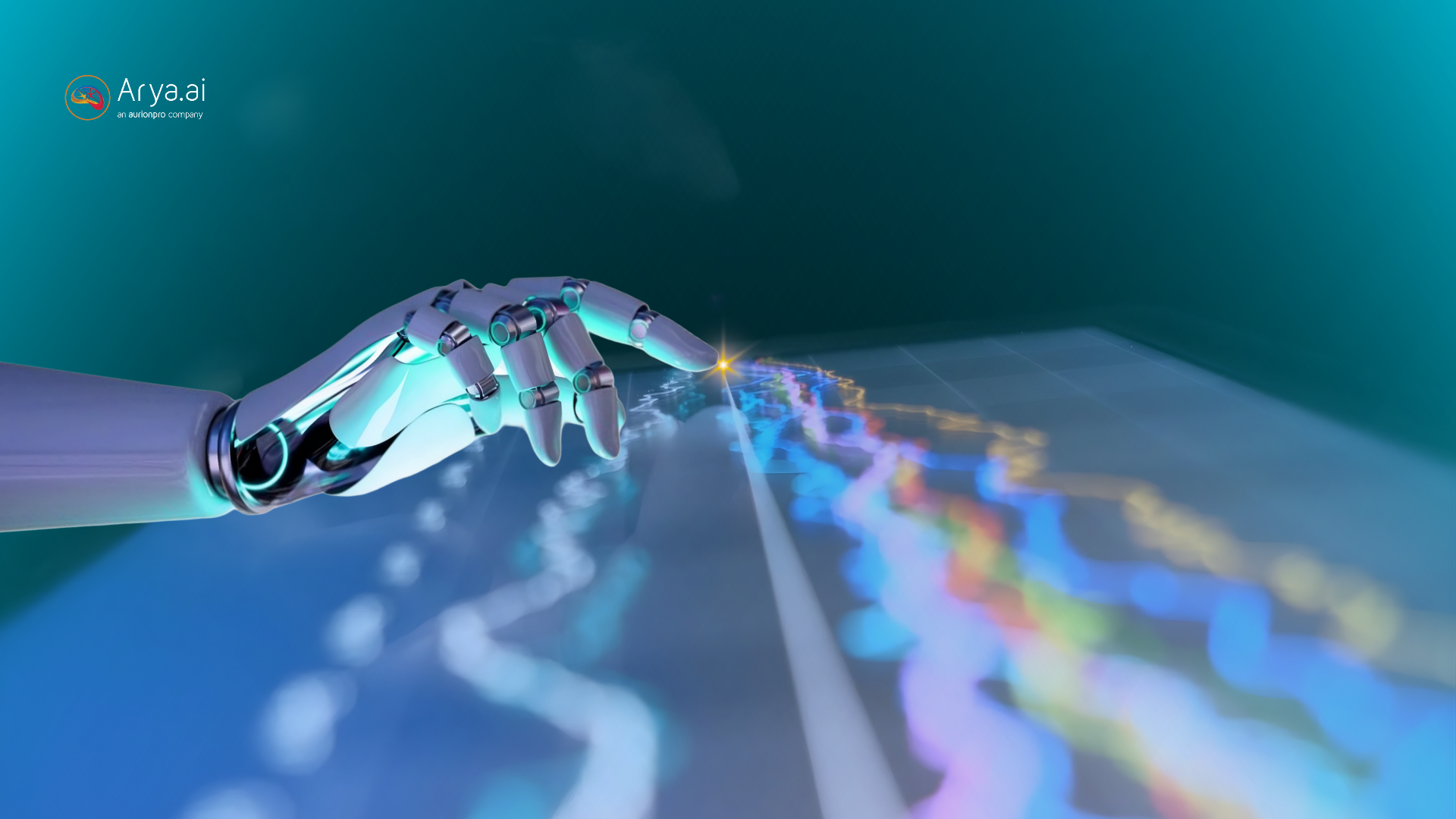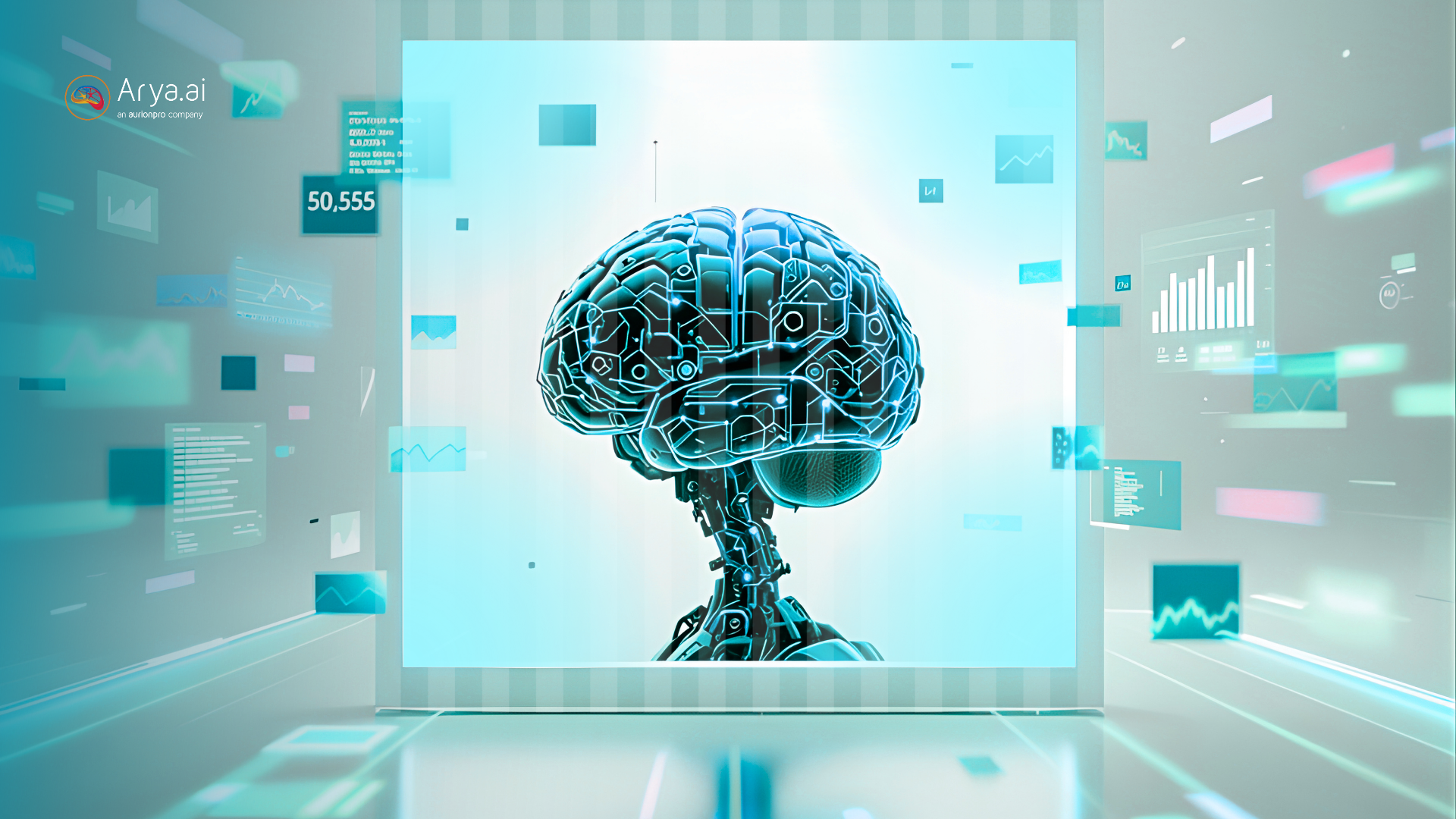
APIs have powered complex workflows, enabling disparate systems to communicate and exchange data seamlessly. In the context of AI, APIs allow models to receive inputs, process requests, and return outputs. They can power everything from chatbots to recommendation engines.
However, as AI systems become more complex and the demand for dynamic, context-rich interactions grows, the standardization of how models connect to and consume external data sources is in question. That is where Model Context Protocol (MCP) comes in.

First proposed by Anthropic, MCP has quickly gained traction, with OpenAI and other major players endorsing its principles and building support into their platforms.
What is Model Context Protocol?
At its core, MCP is a specification for standardizing how AI models ingest, interpret, and update contextual information from external services. These can be real-time market data databases, product manuals, knowledge bases, or any other dynamic source.
Think of MCP as SQL for AI. Just as SQL became the universal language for querying and manipulating data across any relational database, MCP provides a single, open protocol through which any compliant AI model can consistently query and update external data streams.
Problem Before MCP
Previously, integrating AI applications (chatbots or RAG systems) with external tools and services required custom-built connectors for each application and tool combination (e.g., GitHub, Slack, Asana, databases).
This approach:
- Increased redundant development effort.
- Created fragile and difficult-to-maintain integrations.
Solution: Model Context Protocol (MCP)
MCP solves this integration complexity through a standardized client-server model that simplifies and modularizes connections.
.jpg)
Here’s what a before vs after picture looks like:

From APIs to MCP: What Changes?

Function Calling vs. Model Context Protocol (MCP)
LLMs are evolving from simple Q&A engines into full-blown orchestrators that execute tasks, chain together services, and manage workflows.
So it’s vital to distinguish between the two integration paradigms: Function Calling and the Model Context Protocol.

Function Calling is great for one-off commands but limited in scope. MCP is a full-stack collaborator, enabling complex, adaptive agents that truly “get things done.” Once they understand these differences, AI teams can choose the right approach for their use case or combine both: function calling for quick, transactional tasks and MCP for orchestrating rich, stateful experiences.
Real-World Applications of MCP
What are the real-world applications of MCP? Here are three standout domains where MCP is already making an impact:
Intelligent Development Environments
Modern IDEs and code assistants embed MCP clients to unify source control, CI/CD, and cloud services into a single, context-rich workspace:
- Automated Pull Requests: The AI inspects your local Git diff and uses an MCP-powered adapter to open and annotate pull requests. Thus, manual branch-naming or web UIs are not required.
- Live Debugging: Querying cluster logs or test results through an MCP server attached to Kubernetes or your cloud provider allows the model to pinpoint errors and suggest fixes in real time.
- Safe Refactoring: Cross-referencing ticket trackers (like Jira) and architecture docs via MCP, AI tools propose refactorings that honor code standards and existing work items.
- Onboarding Acceleration: Early adopters report slashing new-engineer ramp-up by roughly 40% thanks to continuous, context-aware guidance from internal wikis and codebases.
Dynamic Knowledge Management
Beyond static Retrieval-Augmented Generation, MCP transforms knowledge systems into interactive, always-fresh platforms:
- Legal Research Assistants: A major law firm connects its case-management software to an AI frontend. Lawyers can now ask natural-language questions about precedent, with source citations pulled on demand.
- Corporate Archives: Exposing decades-worth of Slack conversations through an MCP server allows employees to discover historical decisions and technical discussions as easily as web searches.
- Cross-Department Insights: Finance teams, HR, and product groups publish resources as MCP endpoints. AI agents stitch these disparate sources into consolidated reports, reducing manual data gathering.
Agent-Based Orchestration
Advanced multi-agent frameworks leverage MCP to coordinate specialized bots in complex workflows:
- Data-Driven Planning: A “planning” agent fetches customer records from Salesforce via an MCP resource, assembling the inputs needed for personalized outreach campaigns.
- Compliance Validation: A “compliance” agent invokes MCP tools against regulatory databases, flagging potential issues before any code or content reaches production.
- Automated Execution: An “execution” agent triggers backend functions (e.g., cloud-hosted serverless endpoints) to update CRMs, send notifications, or provision resources—all through the same MCP pipeline.
MCP is proving its promise across software development, knowledge management, and agent orchestration: a modular, reusable, and secure integration layer that lets AI move beyond isolated tasks into continuous, context-driven collaboration.
Conclusion
As MCP matures, we expect a growing ecosystem of standardized connectors (cloud services, enterprise resource planning systems, IoT platforms) offering out-of-the-box MCP support. This convergence promises to reduce time-to-market for AI initiatives, unlock richer real-time capabilities, and foster a more modular, composable AI architecture.
The transition from bespoke API integrations to a unified MCP marks an essential advancement in AI development. Championed by Anthropic and embraced by OpenAI, MCP offers a USB-C-like standard for connecting models to the ever-expanding universe of data sources. By streamlining integration, enhancing security, and promoting interoperability, MCP can accelerate the next wave of AI innovation, where models are not just islands of computation but interconnected engines of context-driven intelligence.





.png)





.png)




.png)
.svg)


